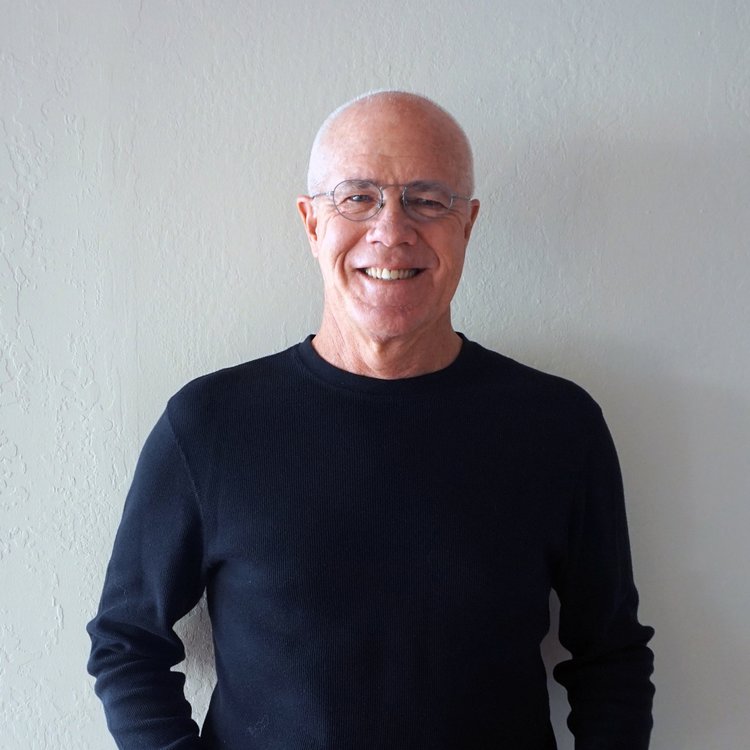First Hit: Joaquin Phoenix’s Joker is powerfully twisted in overt and subtle ways.
Arthur Fleck (Phoenix, aka Joker) works as a clown. Living with his mom Penny (Frances Conroy) in a dark Gotham low rent slum apartment, he’s very thoughtful of his mother’s inability to take care of herself. He has a semi-secret wish to become a standup comedian and bring smiles and joy to everyone.
While watching his favorite program, The Murray Franklin (Robert De Niro) Show, he fantasizes about appearing on the show and becoming famous.
In an opening scene, Fleck standing and dancing in front of a going out of business shoe store twirling a sign to entice people to visit the store. He’s got his clown outfit on, face painted, and seems to enjoy what he’s doing. This is the first sign of the subtle way Phoenix shares the depth of his character. There is a glint in the facial expressions that give the audience a notion that all is not right with him. He gets mugged by some kids who take his sign and, in the chase, ends up being beaten.
He gets reprimanded by the company (HaHa) he works for because the sign was broken, and the shoe company wants it back.
Beaten by the young thugs, a fellow clown employee, Randall (Glenn Fleshler), gives Fleck a gun for protection.
We learn that Fleck has an inappropriate behavior of laughing at the wrong times when he’s feeling tense. He carries a card that he hands people stating his illness.
The film digs a little into his mental state with scheduled visits to a city-run social worker who can and does, prescribe a litany of drugs. The social worker, at one of their meetings, tells him the city is stopping this program, and he won’t be able to get his drugs through them any longer. He plows into a dialogue about how the social worker never listens to him, askes him the same questions each and every meeting. Here again, the audience knows he’s right, but we also are seeing ways that he’s slipping through the cracks.
This is one of the points of the film. Society in this story is one of the struggles between the haves and have-nots. Thomas Wayne (Brett Cullen), father of the young Bruce Wayne, and a wealthy man believes that people that don’t have anything need to pull themselves up from their bootstraps. He’s also running for mayor. It is here and in other places this film touches on today and our current societal state of affairs where the top 1% of the people own 90% of the wealth.
This point runs through this film. The story is filled with moments that reflect how society has become lawless, and there is an uncaring towards our fellow man.
A turning point in the film is when Fleck, after being fired for bringing a gun to a clown gig in a children’s ward of a hospital, he starts laughing while watching a tense encounter between three young drunk well-to-do businessmen who are harassing a young woman on a subway train.
His inappropriate laughing causes the men to start picking on him, and during the resulting fight, he shoots and kills all three. Poignantly this attack becomes a rallying cry for the poor and disenfranchised in Gotham. All they see are the headlines that a man with a clown face (mask or makeup) stood up to three of the “haves” and now there is a slow movement of people having protest marches and rioting with many of the participants wearing clown masks.
This story is complicated, just like Fleck is complex. Being hunted by the police for the killings, learning about his past through his mother, then through records at a mental hospital, and being off his medication creates a man who is acting out of anger, loss, and desperation.
When Murray shows and then posts on social media, a hilarious video of him attempting to do a standup routine, he becomes a laughingstock across the country. However, the viralness of the post, Murray decides to have Fleck on his program.
The depth and complexity of the film, the character, and the way it puts a realness to the “Joker” (DC Comics’ character) was profound. It’s almost a perfect layup to Heath Ledger’s version of the Joker in “The Dark Knight,” with Christian Bale being Bruce Wayne. The scenes and sets in this film are wonderfully shot. The mental hospital, the social worker’s office, Flecks apartment, and the street scenes all carried the sense of a troubled world.
Phoenix absolutely became this character. The overt and subtle shifts in his eyes and mouth said so much throughout the film. As someone who was disregarded by society, he ended up being the man of the moment. He kept me on the edge of wondering what he will in each scene. De Niro was oddly a curious character and excellent as an aging talk show host. He, partially, reminded me of his role as Rupert Pupkin, a wanna be talk show host, in “The King of Comedy.” Zazie Beetz, as Sophie Dumond, Fleck’s neighbor, and short-term lover was outstanding. The way she saw Fleck as someone who could relate to her was powerfully displayed when they went out, and she saw his comedy routine. Conroy, as Arthur’s mother, was good in this subtle, yet pivotal role. Cullen as Wayne was a perfect reflection of a have’s arrogance. Fleshler, as a manipulative friend and co-worker of Fleck, was excellent in this protective backstabbing role. Todd Phillips and Scott Silver wrote a power-packed script and screenplay. Phillips directed this story with absolute clarity of delivering the story he wanted to make.
Overall: I fell into this story from the very beginning, and it worked.
